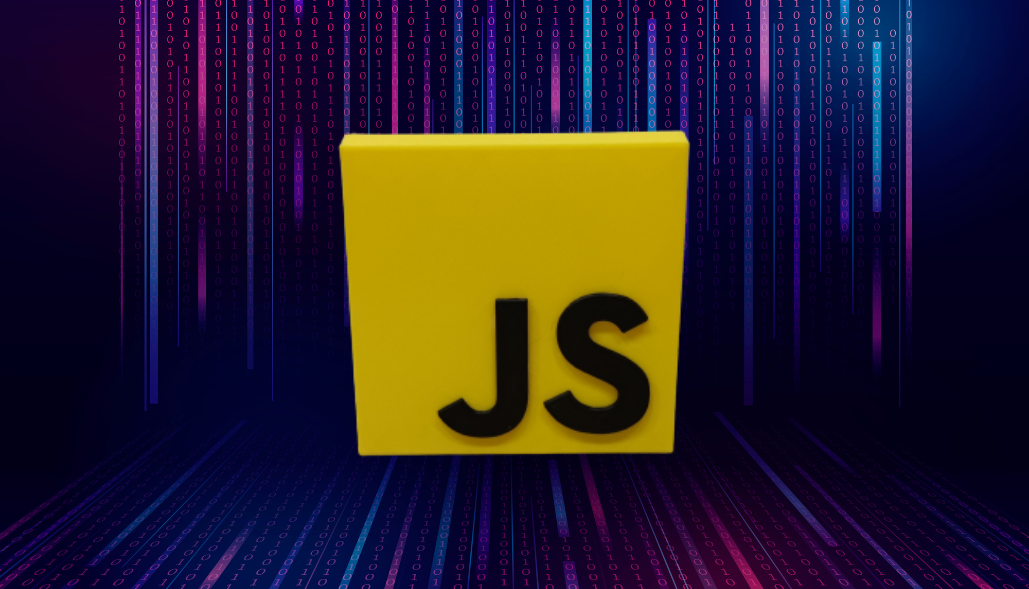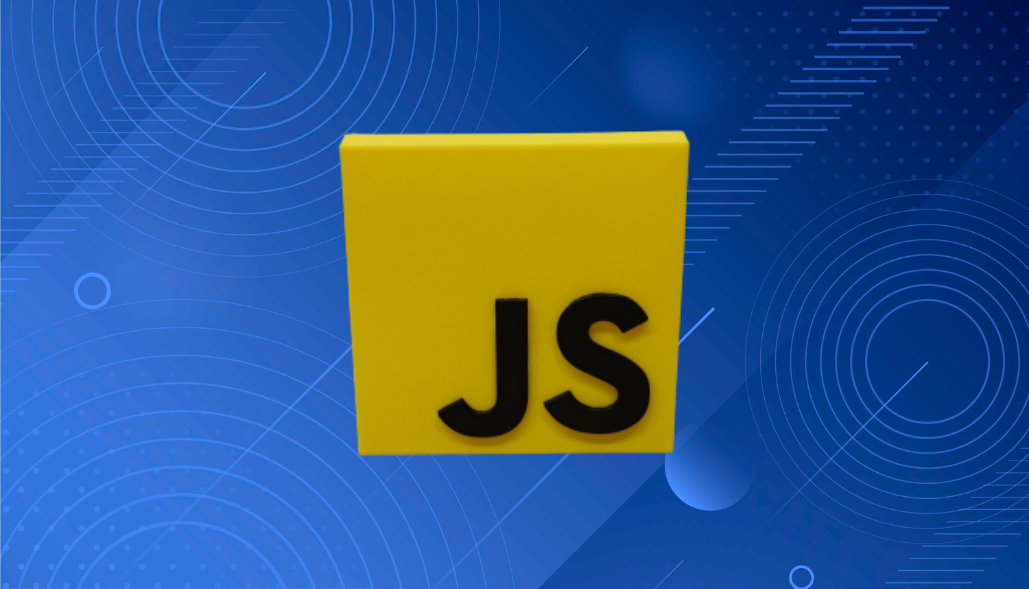In JavaScript, a Null Pointer Exception is not a built-in error or exception type. However, JavaScript does have an error called TypeError that can occur when you try to access properties or call methods on null or undefined values. When attempting to access properties or call methods on null or undefined, you may encounter a TypeError: Cannot read property ‘propertyName’ of null/undefined or similar error.
Here’s an example that demonstrates a TypeError when trying to access a property on null:
let obj = null; console.log(obj.property); //TypeError: Cannot read property 'property' of null
In this case, since obj is null, attempting to access the property, property results in a TypeError because null does not have any properties.
Similarly, if you try to call a method on null or undefined, you will also encounter a TypeError:
let func = null; func(); // TypeError: func is not a function let value = undefined; value(); // TypeError: value is not a function
In these examples, func and value are set to null and undefined respectively. When trying to invoke them as functions, a TypeError occurs because they are not valid function references.
To handle or prevent TypeError in your JavaScript code, you can perform null/undefined checks before accessing properties or calling methods. This can be done using conditional statements, the typeof operator, or optional chaining (?. operator) introduced in ECMAScript 2020.
For example:
let obj = null;
if (obj !== null && typeof obj.property !== 'undefined') {
console.log(obj.property);
} else {
console.log('obj.property is null or undefined');
}
With optional chaining
let obj = null; console.log(obj?.property); // it will not gonna throw any error
In this updated example, a null check is performed before trying to access the property. If obj is not null and obj.property is defined, it is safe to access the property without encountering a TypeError.
By incorporating null/undefined checks in your code, you can handle these scenarios and prevent potential TypeError exceptions.






